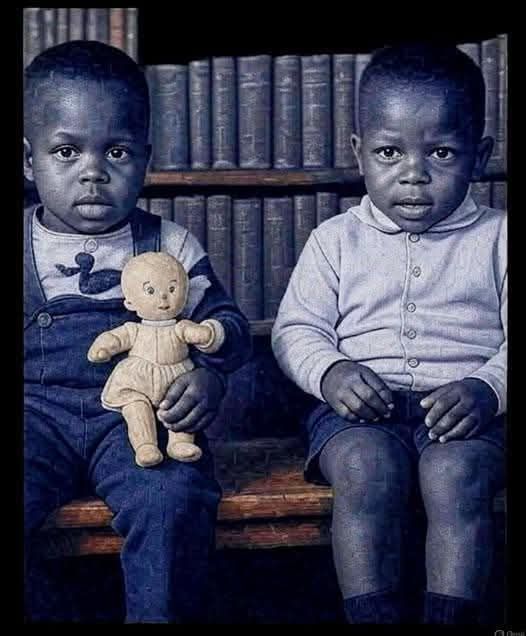In the deeply segregated South of the 1950s, two brothers—Carl and Ronald McNair—were inseparable. Born just ten months apart in Lake City, South Carolina, they did everything together, even dream together. But no one could have imagined just how far those dreams would reach.
One afternoon in 1959, nine-year-old Ronald walked into the town’s public library, searching for science books far beyond his grade level. Carl tagged along, as always. Inside, white patrons stared. The librarian told Ronald plainly: “This library is not for coloreds.” But Ronald didn’t flinch. He placed his books on the counter, sat down, and quietly said, “I’ll wait.”
The police arrived. So did their mother. And that day, because of her insistence—and perhaps a flicker of decency in the officer—the boy was allowed to borrow the books.
Ronald never stopped reading. Never stopped learning. In 1976, he earned a PhD in Physics from MIT. He soon joined NASA, defying every odd. As Carl would later say, “Ron didn’t accept society’s limitations. That was for other people.”
In 1984, Ronald became the second African American astronaut to travel to space, flying aboard the Space Shuttle Challenger. He was living his dream—a mission specialist, a pioneer, a star among stars.
But on January 28, 1986, the Challenger broke apart just 73 seconds after liftoff. Ronald was 35 years old.
He never made it back to Earth. But in every sense, Ronald McNair had already reached the stars. His story still reminds us: courage doesn’t wait for permission. It takes a seat, holds its ground, and lifts off.
shared by Classic Photograph’s
credit goes to their respective owner
